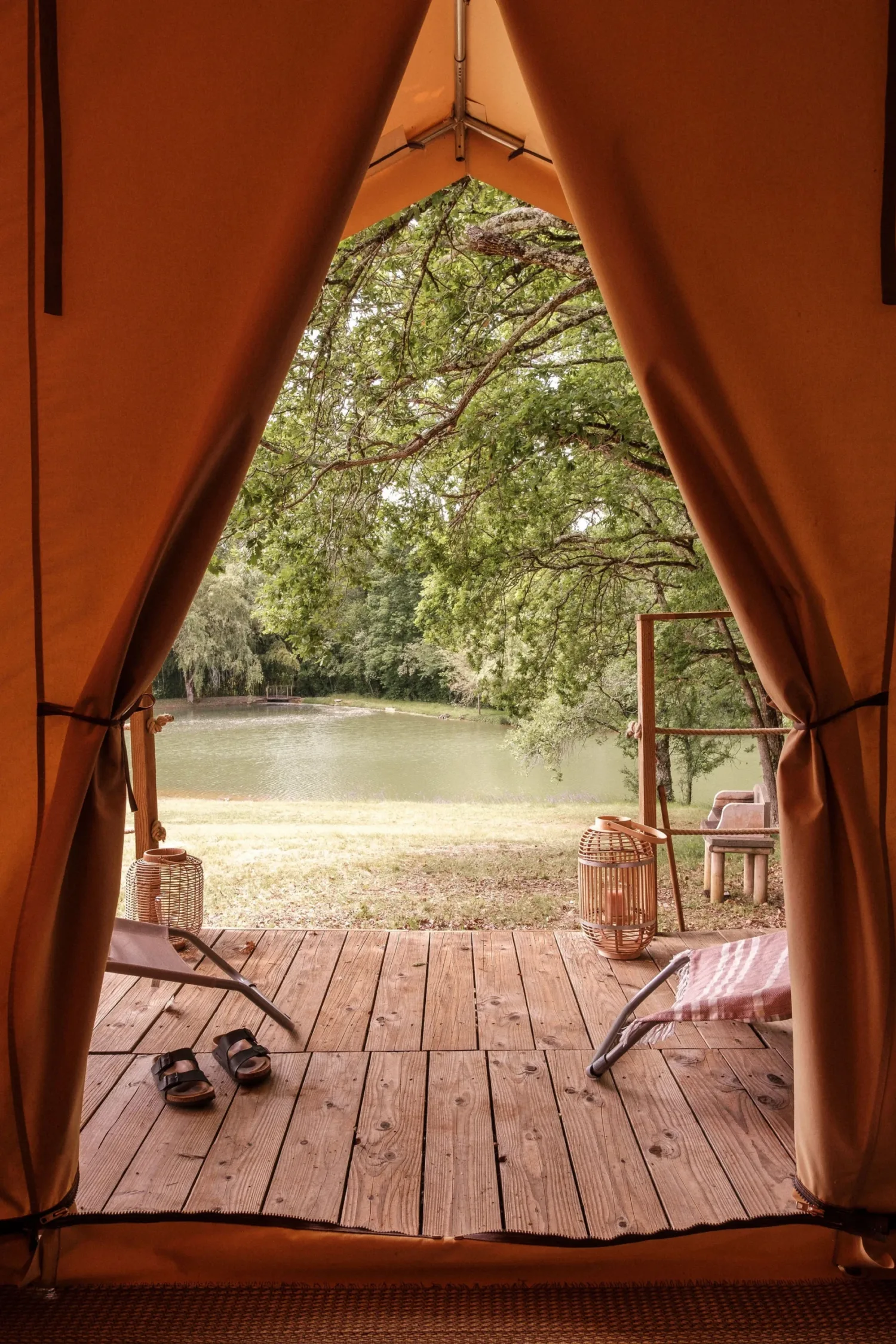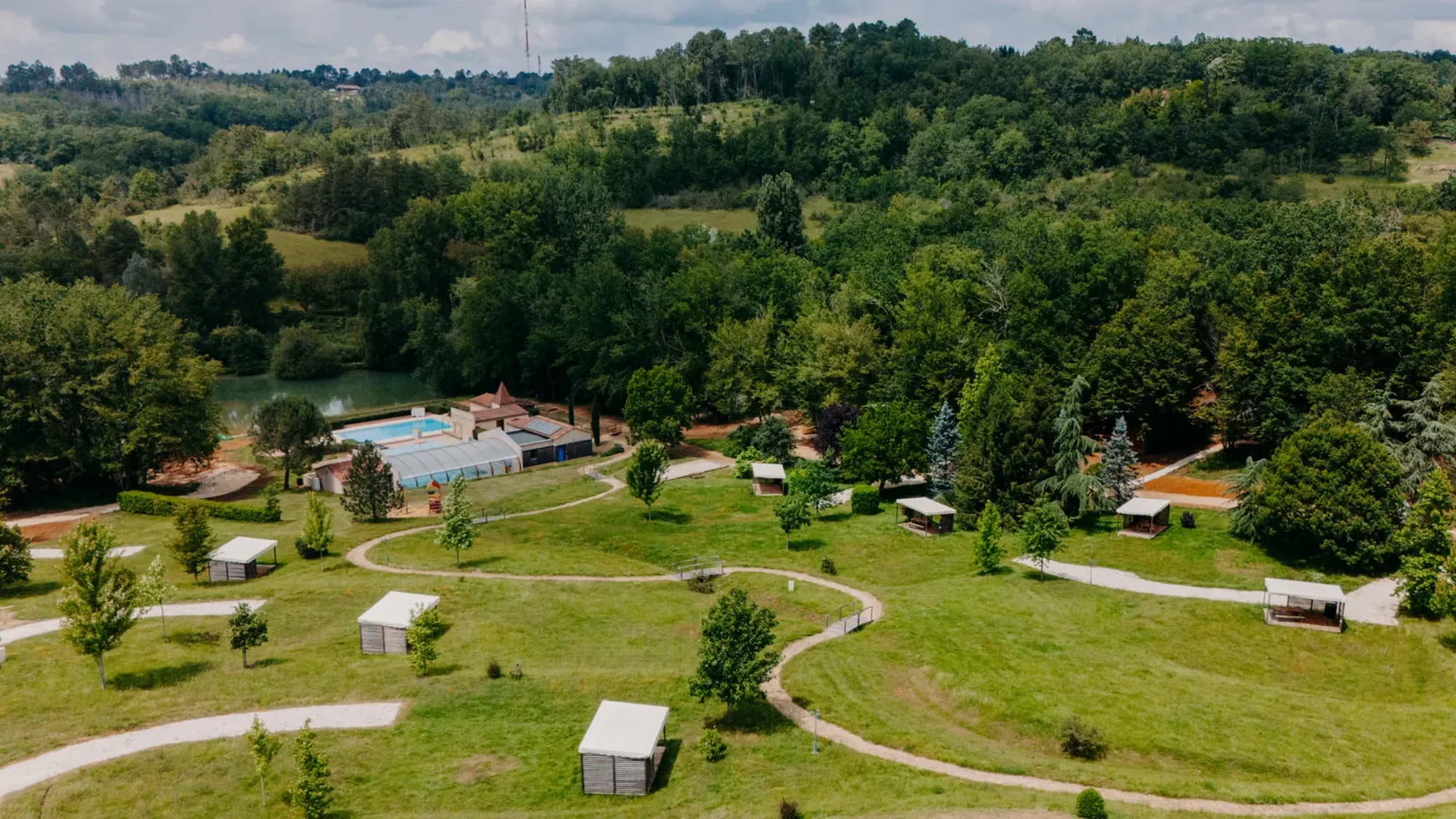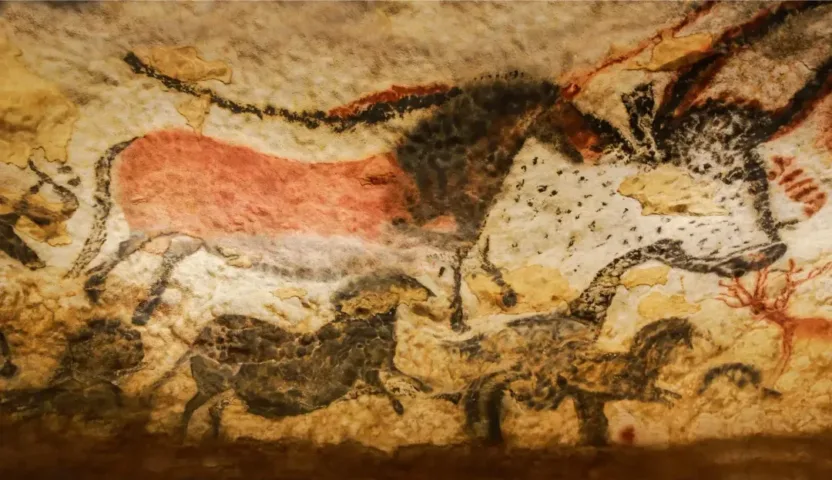
Font de Gaume cave: a journey into prehistory

Located in the heart of the Vézère valley, and just 15 minutes from our Slow Village Séveillesopen-air hotel, the Font-de-Gaume cave is one of the last prehistoric painted sanctuaries still open to the public. With polychrome paintings dating back 14,000 years, it offers a moving journey back in time to our ancestors.
Ready to discover this treasure?
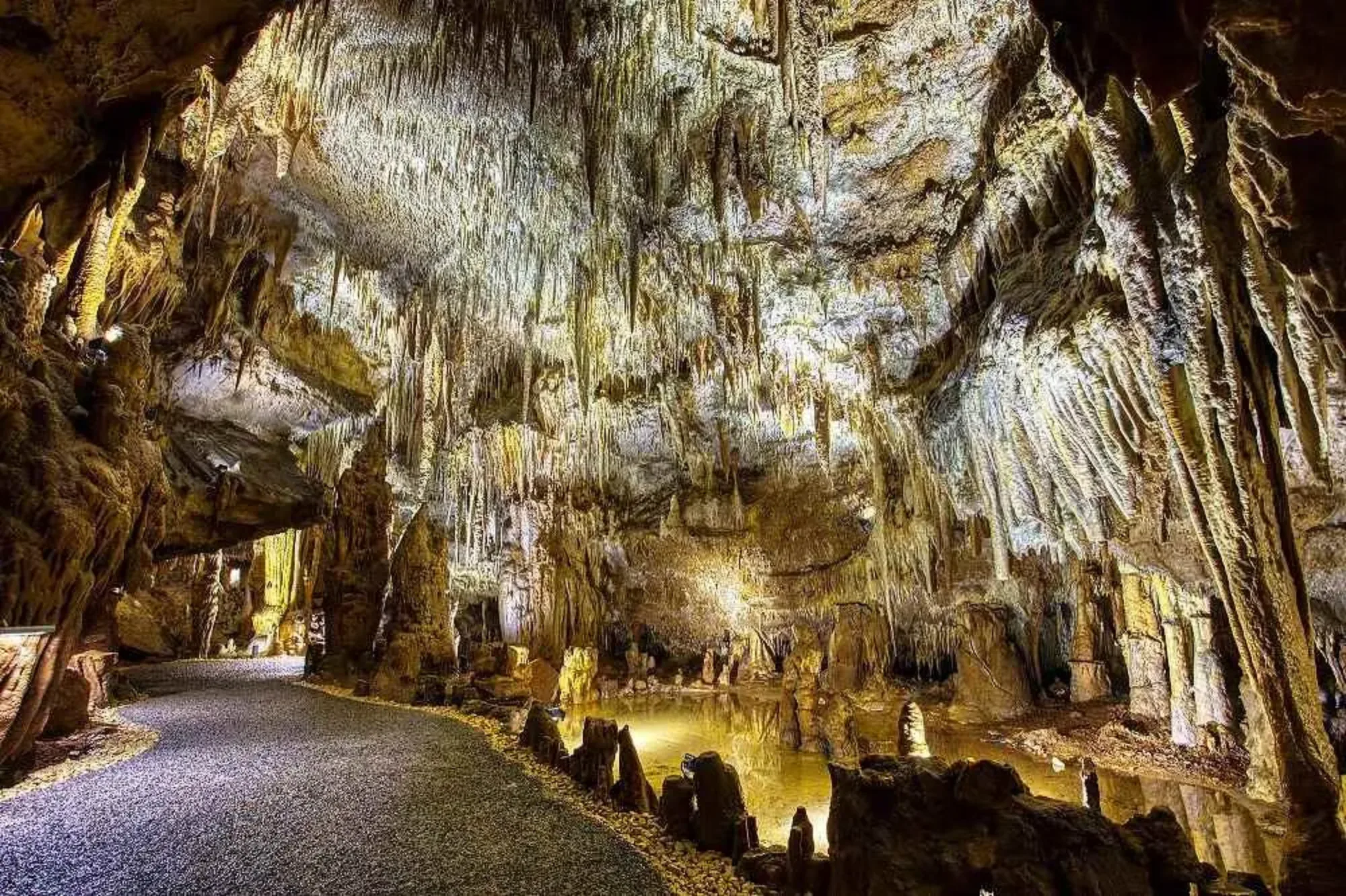
Discovery of the Font de Gaume cave
In the heart of Périgord, high above the village of Les Eyzies, the story of the Font-de-Gaume cave begins. The cave, just 15 minutes from our Slow Village Séveilles outdoor hotel, was discovered on September 12, 1901 by Denis Peyrony, a schoolteacher with a passion for archaeology. At the time, the cave was known as "la grotte du Sourd". Candle in hand, Denis Peyrony made his way down a narrow corridor, across a narrow passage that would later be named the "Rubicon", and made a discovery that would change the history of cave art forever.
Before his eyes: vibrant, multicolored paintings dating back millennia. These were the first polychrome works ever discovered in France. He was soon joined by the great names in prehistory, such as Dr. Capitan and Abbé Breuil. Together, they revealed the treasures of this unique cave to the world. In 1910, their work culminated in the publication of a landmark work: La caverne de Font-de-Gaume.
More than a century later, the Font-de-Gaume cave continues to amaze. With its 230 representations dating from around 14,000 BC, it is one of the last decorated caves still open to the public in France. Listed as a Monument Historique since 1902, and later as a UNESCO World Heritage Site, it embodies a precious link between humanity's past and our present-day view.
A inhabited cave through the ages
Long before it became a mecca for cave art, the Font-de-Gaume cave was home to a number of astonishing tenants. The oldest? An extinct giant: the cave bear. Nearly 3 metres tall, weighing up to 800 kg, this impressive herbivore left behind numerous scratches visible on the walls. Excavations carried out in 1967 identified the remains of around ten individuals, probably dead during hibernation. Their presence is attested throughout most of the cave.
But the Font-de-Gaume cave wasn't just the domain of the bear. As early as the Palaeolithic era, man found shelter here, and never stopped coming back. Thanks to archaeological excavations, we now know that several prehistoric cultures have occupied the cave over the years.
The oldest traces date back some 40,000 years to the Châtelperronian period: some bear bones bear cutting marks, proof that meat and skins were recovered. Later, flint and reindeer antler artefacts from the Aurignacian period, as well as three Solutrean points, confirm the continuous use of the site.
The Font-de-Gaume cave then crossed the millennia: fragments of Neolithic pottery,Bronze Age artefacts and a bronze pin testify to its varied uses over time. In the Middle Ages, the cave porch became a lookout post, as evidenced by the troglodytic structures visible above the entrance.
And more recently, in the 19th century, the cave was simply used as... a sheepfold. Traces of this era can still be seen in the graffiti left by visitors, sometimes to the detriment of the prehistoric works.
The Font-de-Gaume cave is much more than a Paleolithic art gallery: it's a living witness to human and animal history through the ages.
The visit to the cave Font de Gaume cave
As soon as you step into the Font-de-Gaume cave, you're hooked. The cave is more than just a relic of the past: it's a gallery of prehistoric art. The Font-de-Gaume cave contains some 230 works of art, painted or engraved, dating back some 14,000 years.
The bison is the undisputed star of the show: 84 performances are dedicated to it. But keep your eyes peeled for other creatures emerging from the walls. You'll find ibex, horses, mammoths, reindeer, aurochs, bears, felines, woolly rhinoceroses, wolves, not to mention a few negative hands, a human figure and various mysterious signs.
A rare and touching scene
Among the most striking frescoes in the Font-de-Gaume cave, that of the confronting reindeer is a real gem. Two reindeer, one black, the other red, face each other with astonishing tenderness: the first gently licks the forehead of the second. A moment suspended in time, captured thousands of years ago and still moving visitors today.
Fifteen reindeer are represented in the Font-de-Gaume cave. A real exception, given that this animal, much hunted in the Palaeolithic, is rarely featured in cave paintings.
Horses in motion
A little further on, two horses catch the eye. Done in manganese black, they almost seem to leap out of the wall. One of them, with outstretched front legs, gives a striking impression of movement, an attitude rarely seen in cave art.
Tektiform signs
It's impossible to visit the Font-de-Gaume cave without coming across a tectiforme. This strange word designates a roof-shaped symbol, found painted or engraved twenty-six times in the cave. Some of them feature animals: mammoths, horses or bison. Even today, these signs remain full of mystery, and have only been observed in three other caves caves in Périgord.
Alongside these enigmatic shapes, other symbols complete the decor: dots, crosses, rectangles, all carrying a message that millennia have not entirely erased.
Plan your visit to the Font de Gaume cave
Have you decided to visit the Font-de-Gaume cave? Here's everything you need to know to organize your visit from our open-air hotel.
Access to the cave is strictly regulated in order to preserve it. Online reservation of a time slot is therefore mandatory (gauges are limited), and the duration of the visit inside the cave is restricted to 30 minutes. All in all, you'll need to spend around an hour on site to fully enjoy the experience.
Admission to the cave costs 13 euros. The visit, although guided, is still quite physical. The ascent to the entrance is via a narrow, steep path some 400 meters long. Inside, the galleries are winding, dark and narrow. There are no benches or seating facilities. We recommend that you bring comfortable shoes and a light jacket, as the temperature in the Font-de-Gaume cave is around 14°C all year round.
Situated just 15 minutes from the Font-de-Gaume cave, our open-air hotel Slow Village Séveilles welcomes you to a peaceful setting for a vacation of disconnection and relaxation.
Book your accommodation at our open-air hotel Slow Village Séveilles now and experience history... life-size!


Discover other places to visit near Grotte de Font de Gaume


Which prehistoric cave to visit in the Dordogne?
The Dordogne abounds in prehistoric treasures: cave paintings, engravings and impressive underground galleries. Follow in the footsteps of mankind's first artists with our must-see selection.

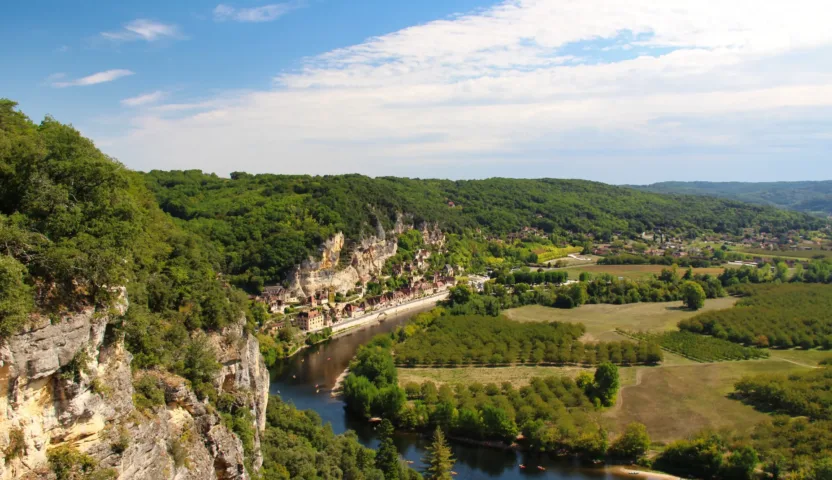
Top 10 places to visit in the Dordogne
To help you prepare for your stay in the Dordogne and make sure you don't miss out on any of the must-see sights, Inspire Villages Séveilles has put together a list of the best places to visit in the Périgord Noir near our open-air hotel.


Visit the Grotte des Combarelles: a journey to the heart of prehistory
The Grotte des Combarelles, a true prehistoric gem, lies in the heart of the Vézère Valley in the Dordogne. Located some 25 km south-east of Périgueux, the cave is a UNESCO World Heritage Site.

